Kinosaki is a walkable and well-connected onsen town in the north of Kyoto prefecture.
The appeal of Kinosaki is the possibility to enjoy many different baths in a day, even for day visitors. In most onsen towns I visited so far, the onsen are within the ryokan one stays at and there is maybe one public bath for day visitors.
All ryokan were booked out when I checked a month in advance, no surprise, so I planned the visit as a day trip. Despite Golden Week, it was not too busy. Surely there was traffic on the streets but in the onsen there was hardly any wait and it was not overcrowded. I found the presence of cars a bit annoying though, but this might have been especially bad on this day.
The last onsen I visited was Ginzan in Yamagata-ken in February 2020, so I compared the two a bit in my head. After visiting both, I declare Kinosaki as the clear winner. It is larger overall, there are more publicly accessible (and nicer) baths and the town is better connected to major cities. Ginzan has more atmosphere but it does not live up to the pictures you will find on the internet, sorry to say that. It might be better if you stay overnight, which I did not do, so I cannot definitely say.
Here, there are seven baths, called the soto no yu, that can be visited by anyone. Overnight guests can also enjoy all these baths in addition to their ryokan’s and day visitors can buy a soto onsen meguri ticket for 1300 yen; a great offer I think. I read that the “outer baths” are so popular, even overnight guests skip their own ryokan’s onsen to enjoy them.
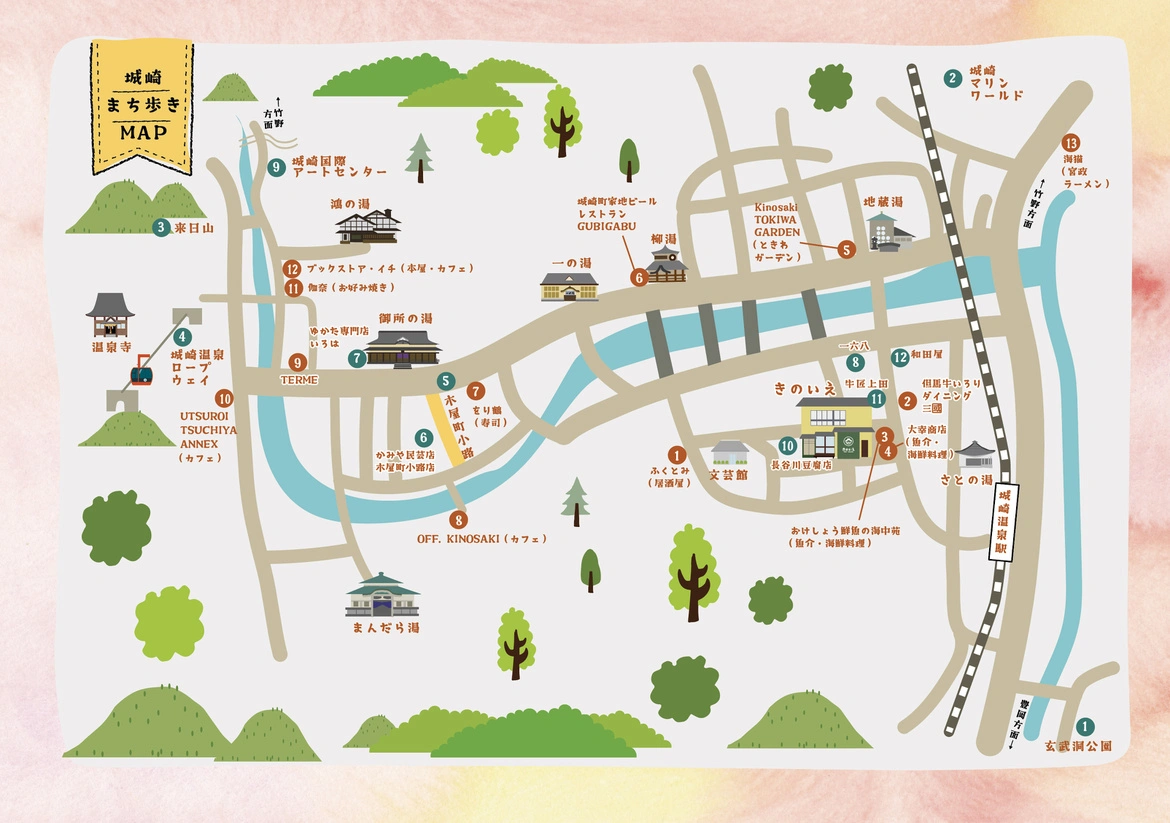
Right next to the station lies the first bath, sato no yu where I bought the ticket and dipped right in. This was the biggest bath of the seven with two floors and two saunas. Also, the bathing area rotates between men and woman on a daily basis, so it might look different on the second visit.
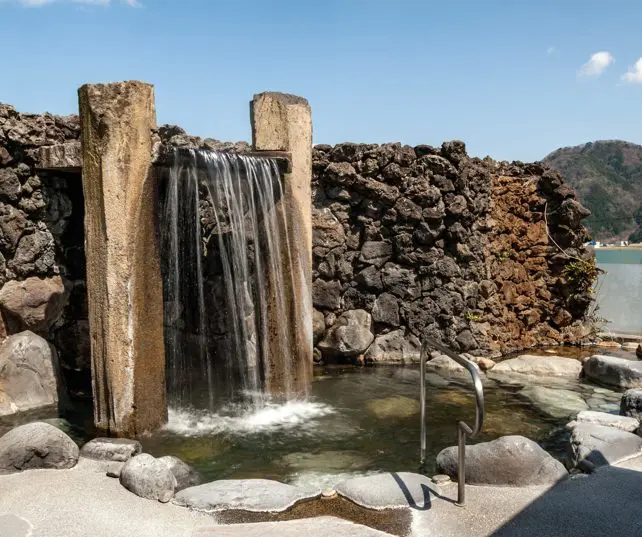
The other six lie along the main street along or parallel to the river flowing through the town. One can reach the furthest bath within 20 minutes from the station.
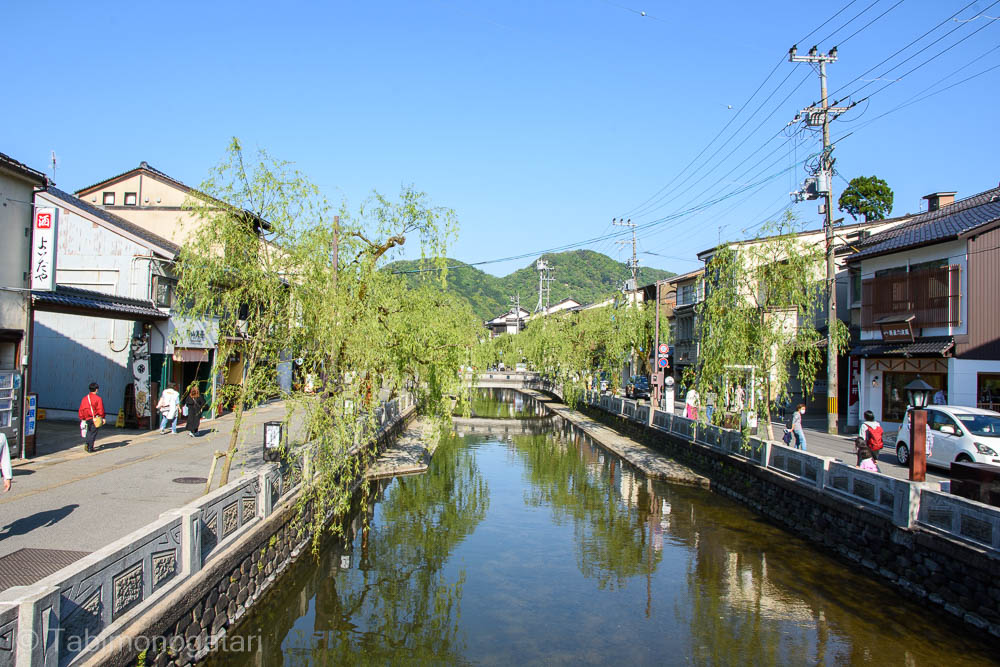
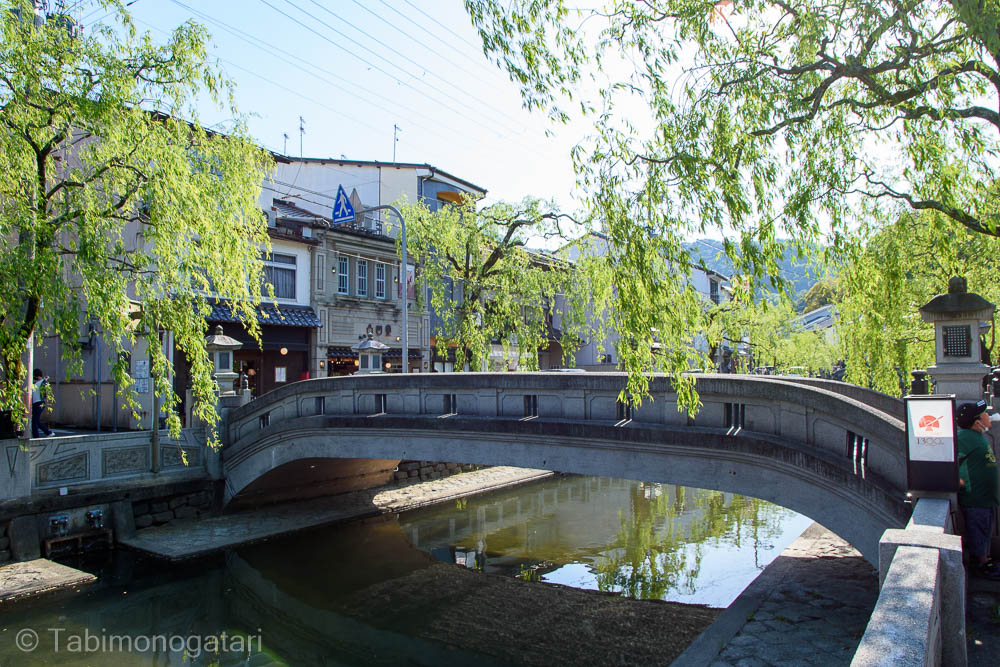
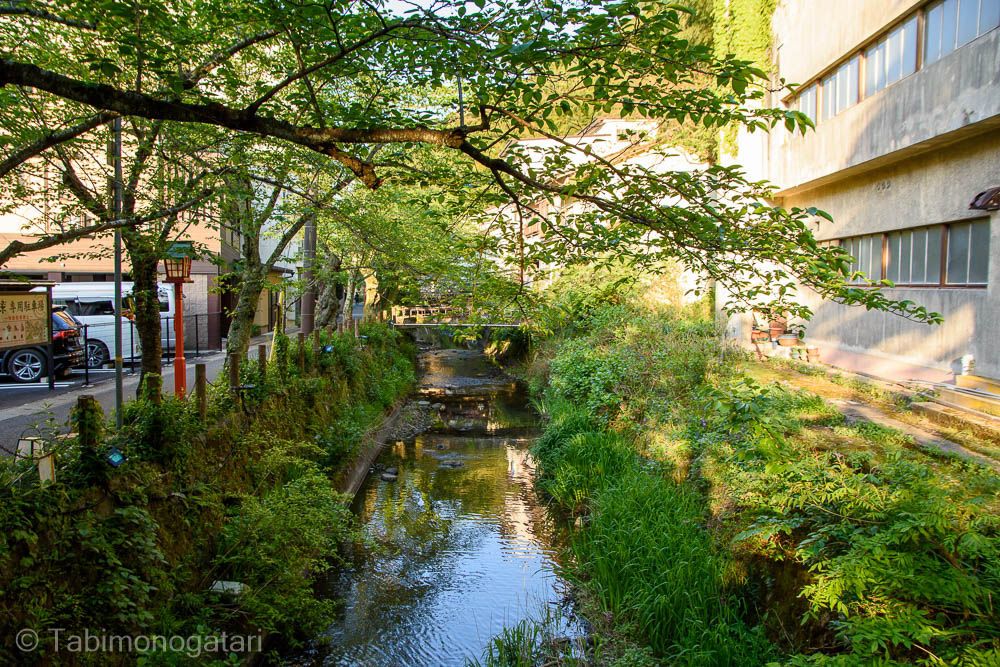
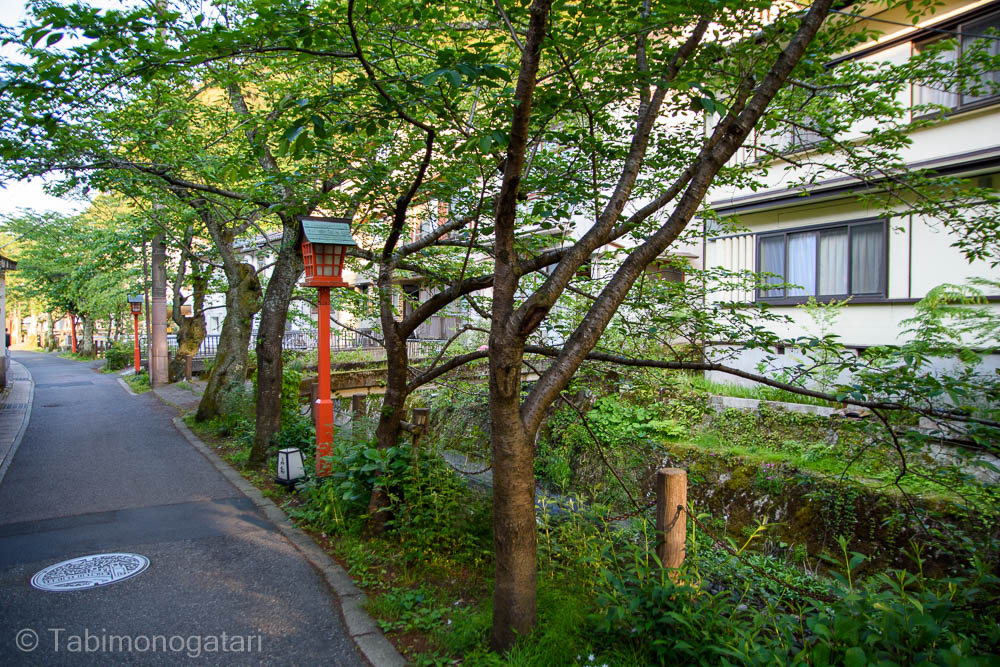
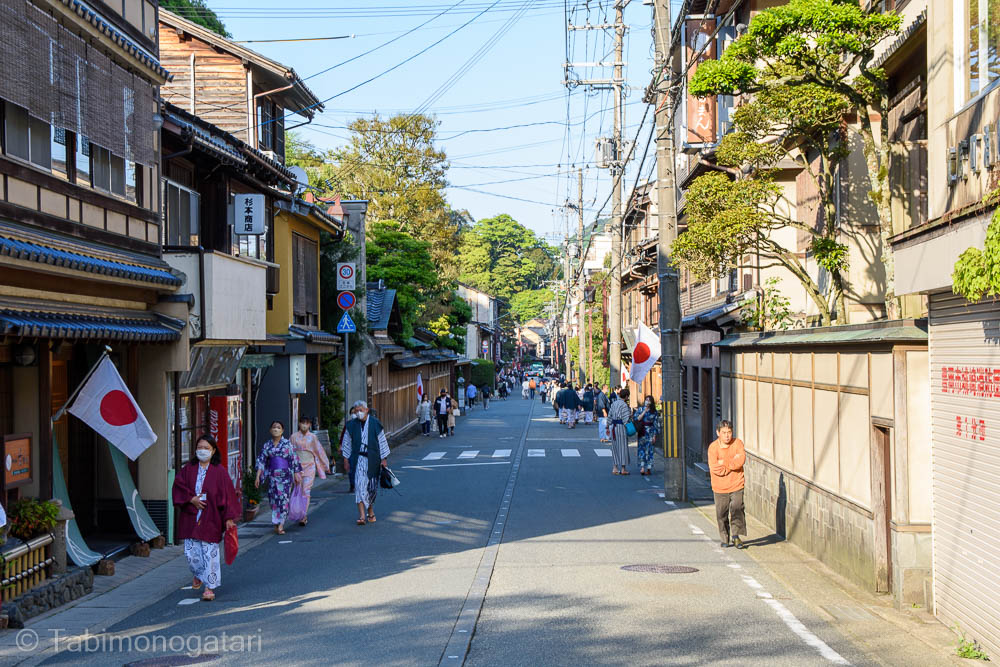
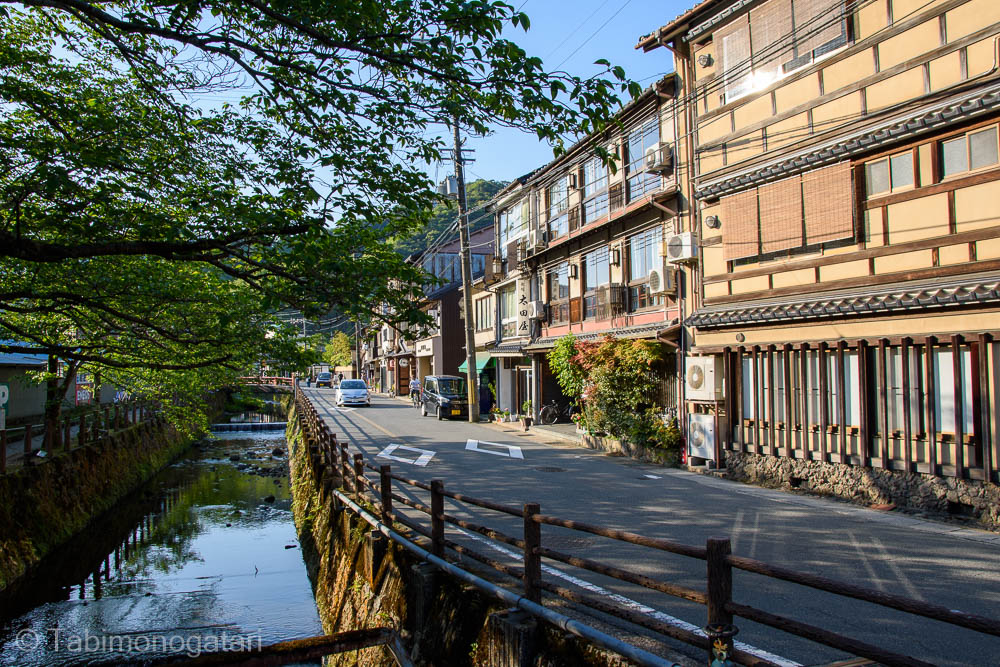
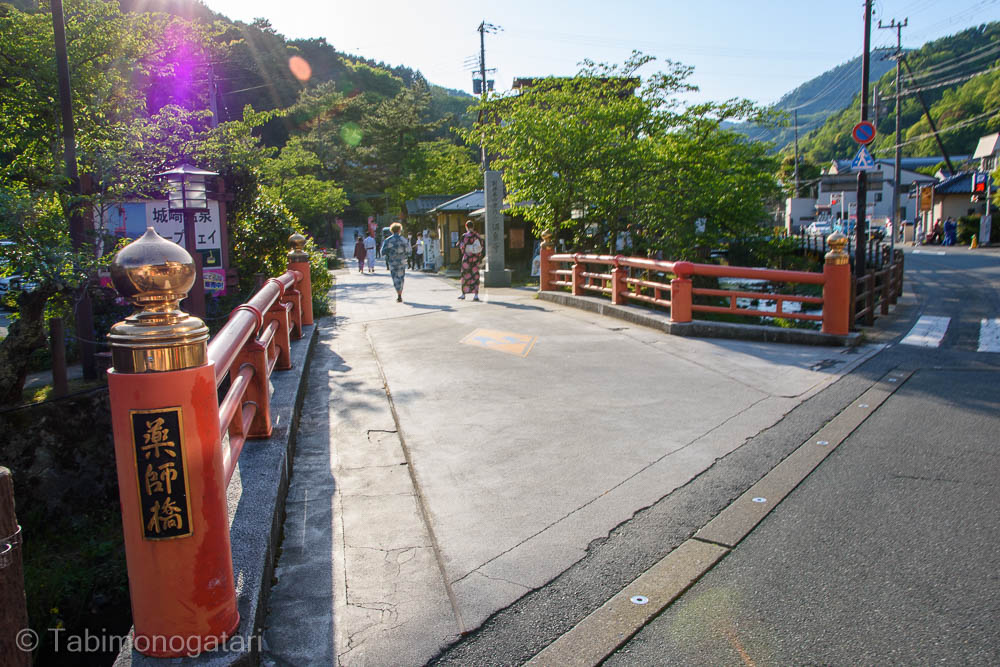
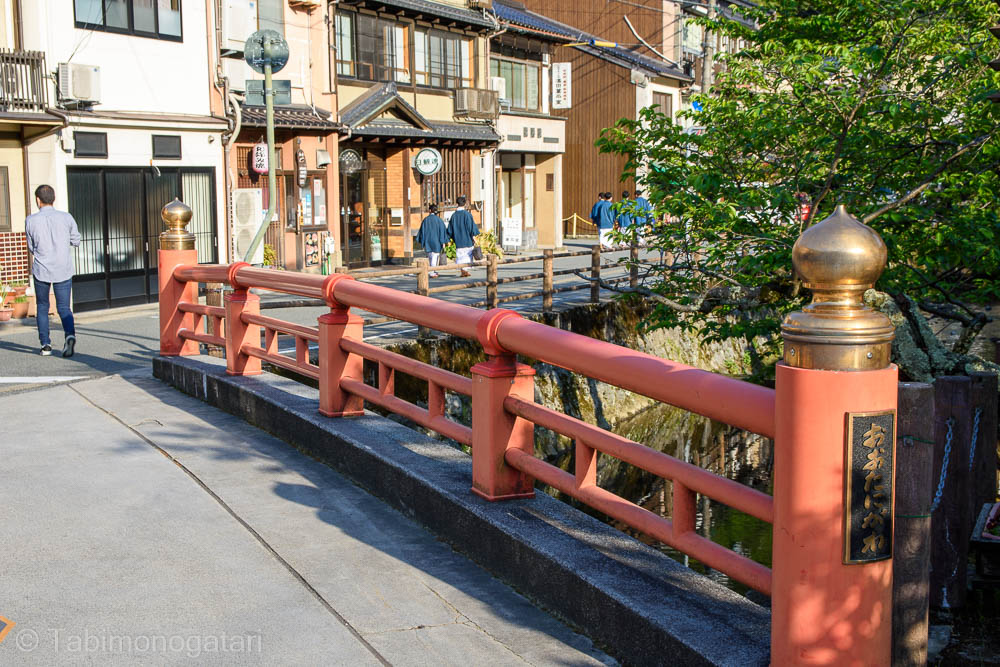
Having planned to stay for four hours (the last train to Kyoto departs around 7 pm) I could not visit all seven, but enjoyed a total of four baths.
The next bath I went to was ichi no yu. The bath had two pools, the main one inside was too hot for me, but the second one was pleasant. The second bath in the back looked like a cave as the walls were all natural rock.
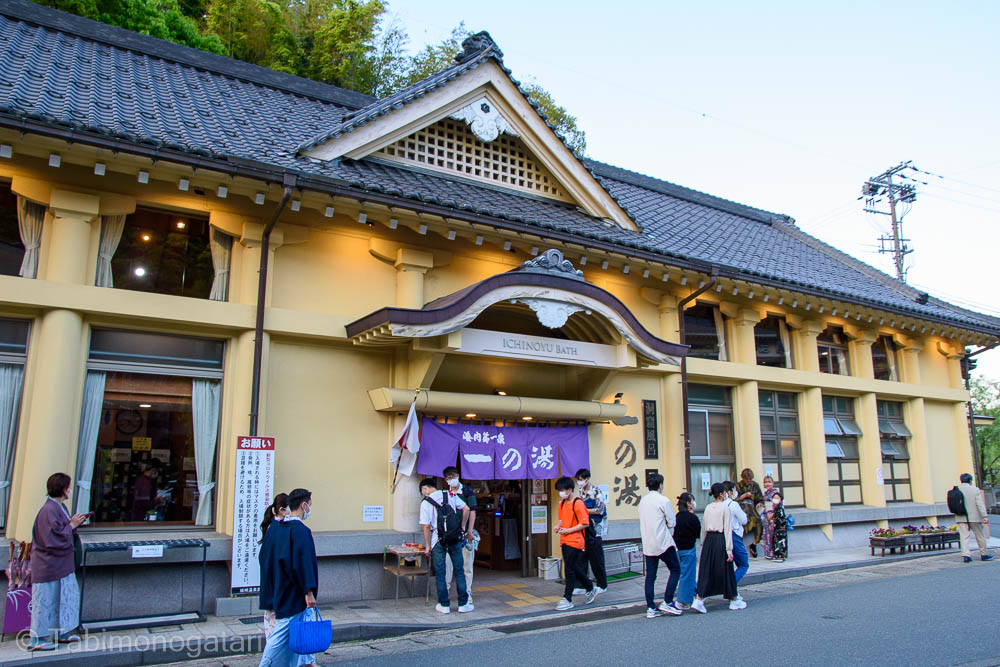
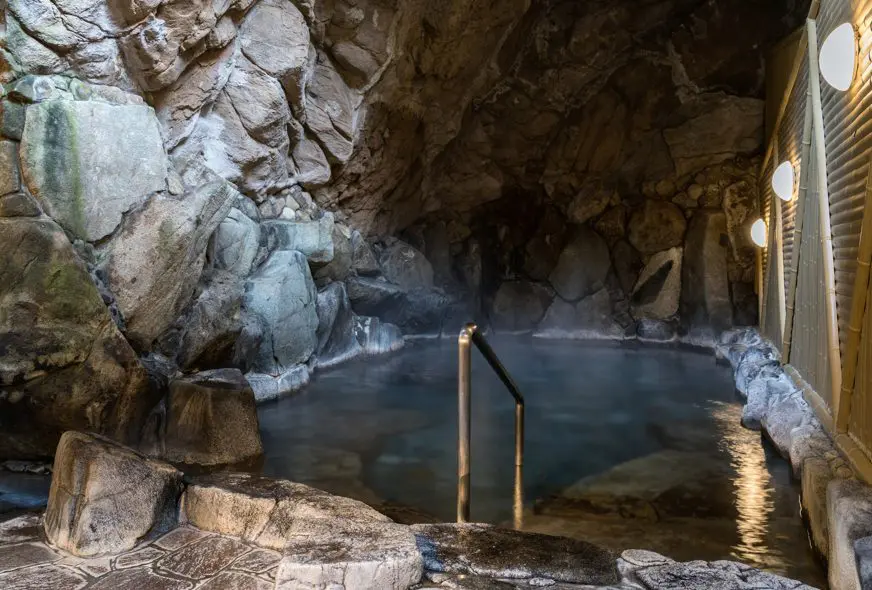
Between baths I checked out the stores and shops, had taiyaki in crab shape and bought omiyage. The souvenir shops here sell all kinds of crab products as it is the meibutsu of the region. I am looking forward to trying the kani senbei.
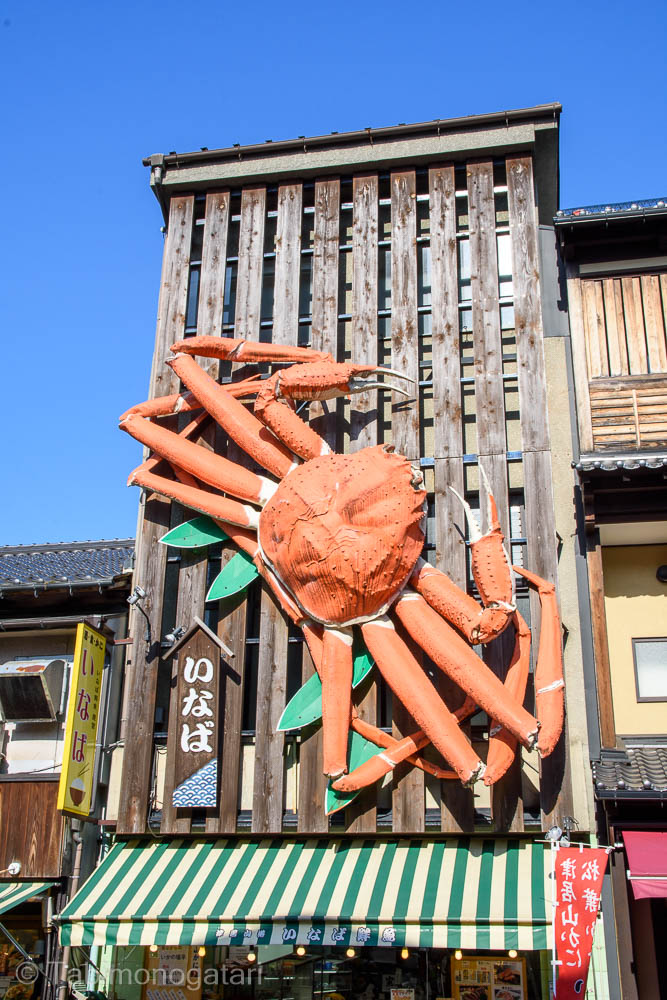
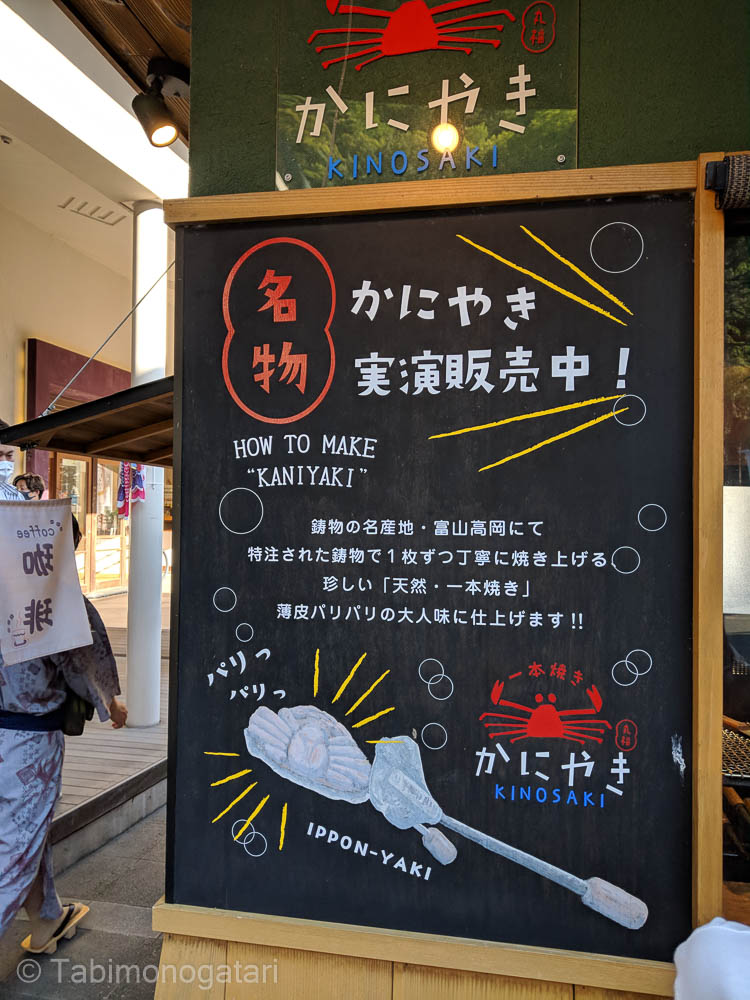
The third onsen was kou no yu onsen in the back across the ropeway. Close to the ropeway station was a shop selling raw eggs to boil yourself in the hot onsen water. The water from the spring has a temperature of 80 °C.
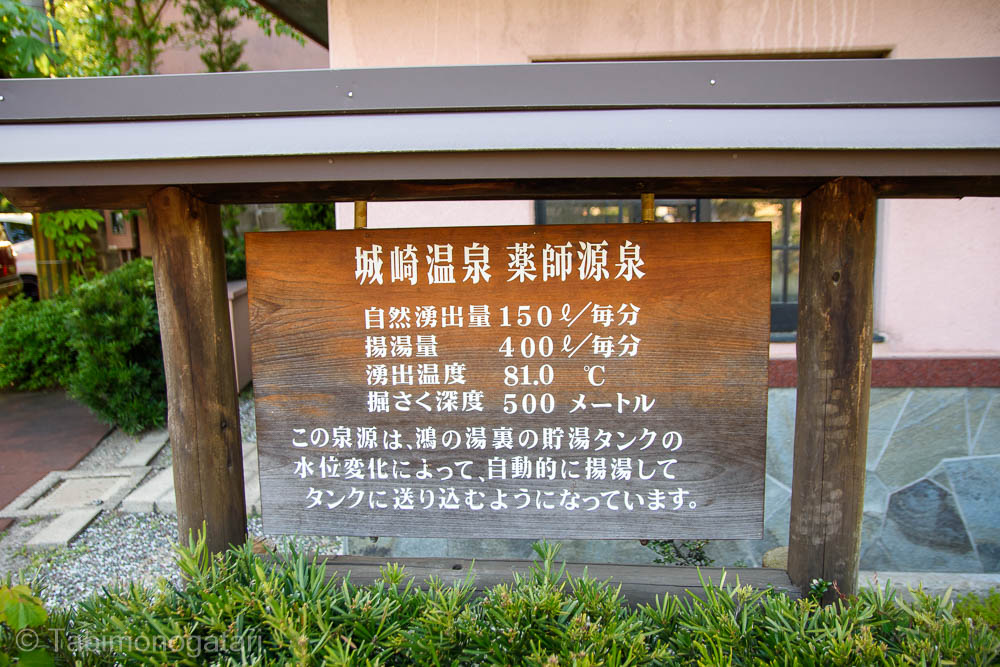
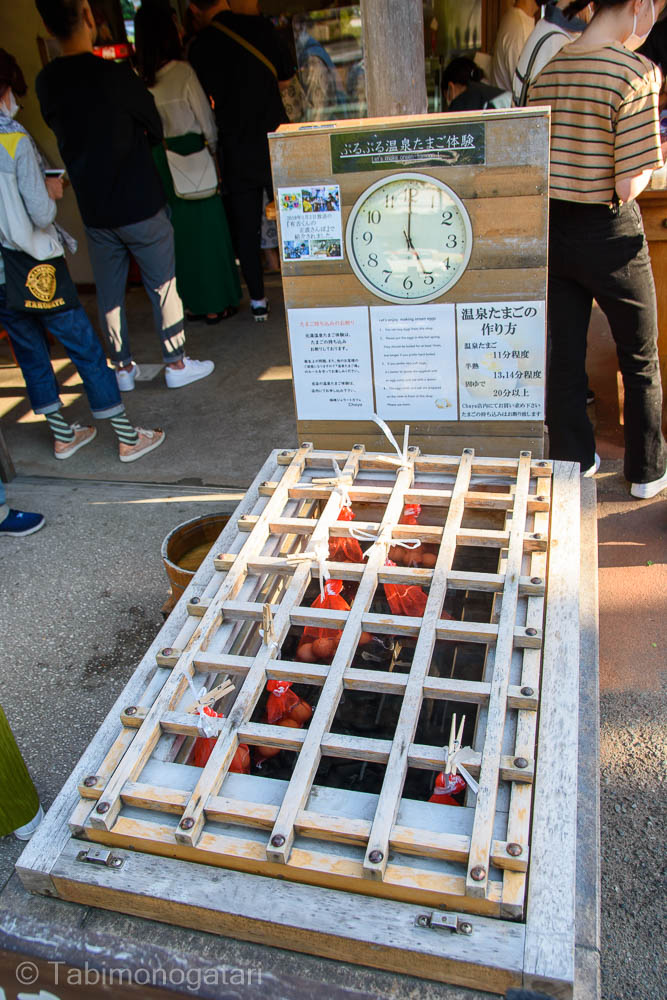
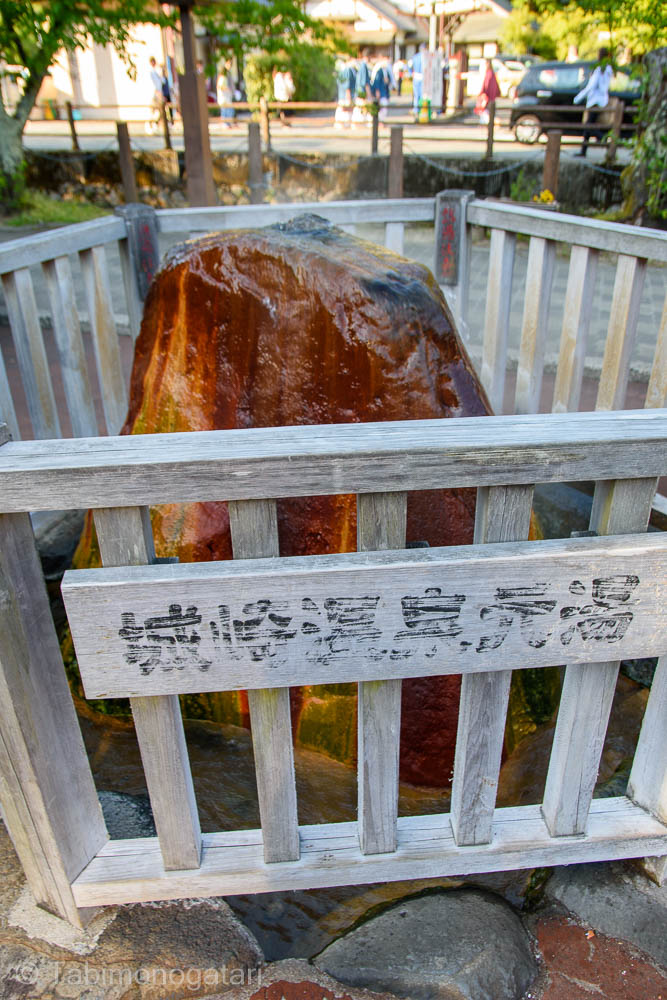
This onsen had a pleasant rotenburo (outside bath). Sitting between the maple trees and a bonsai pine tree I imagines how it would look like in autumn.
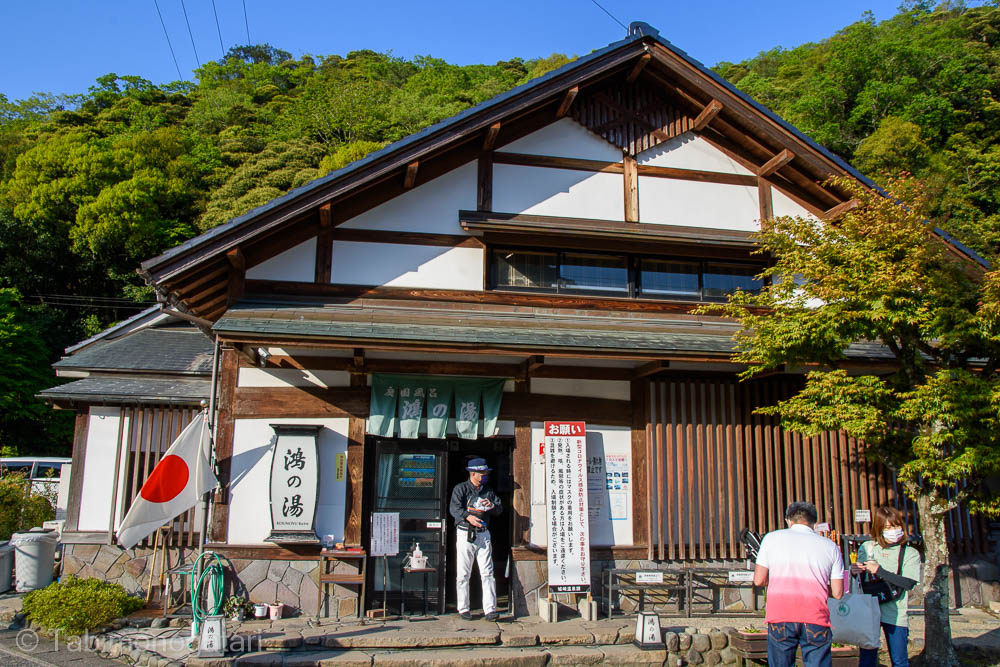
The last bath I visited was gosho no yu onsen. This bath also had a rotemburo under maple leaves. The highlight with this bath was the waterfall that directly flows into the onsen bath. The water was hotter closer to it so I assume the waterfall feeds hot water.
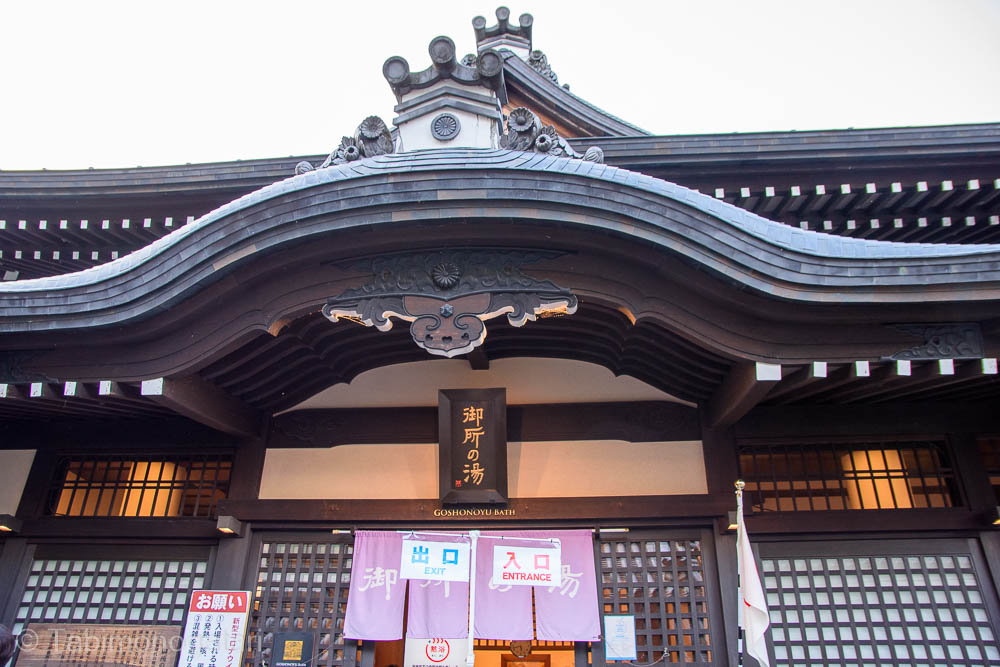
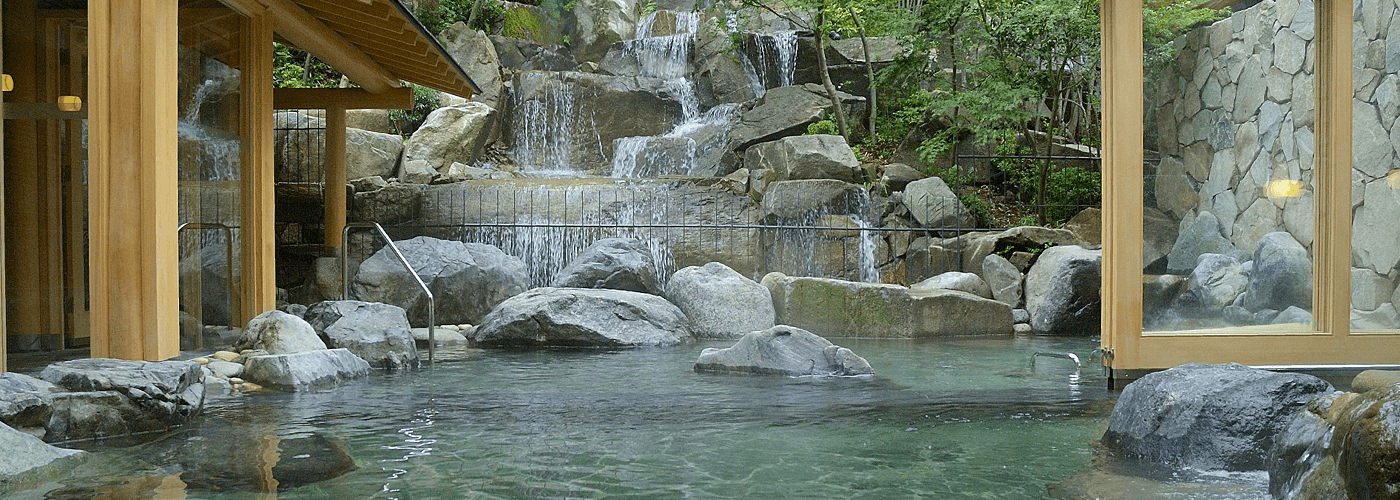
After 5 pm most shops close for the day, so I recommend completing the shopping before soaking the whole day. For me switching between bathing and shopping worked well.
At 7 pm I left Kinosaki by train and arrived home around 9:30.
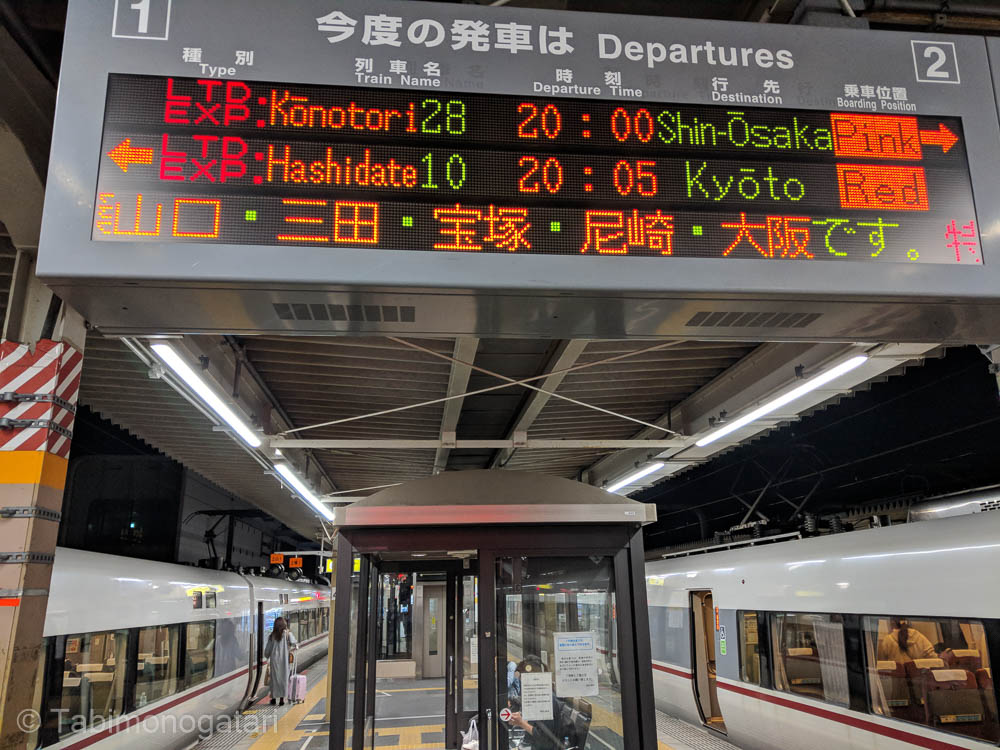
I think I will come again and will visit the remaining baths jizou yu, yanagi no yu and mandara no yu, and maybe stay overnight and/or visit Tottori from there.
Have you read also the article about Amanohashidate? I think the two destinations can be nicely combined in one day trip but it is much more relaxed if you stay at Kinosaki for a night. The cheap alternative would be staying in Toyooka in a business hotel. I was considering it first but I could fit it in a day trip from Kyoto.
One more piece of advice if you want to do the same trip. Since this year several Limited Express trains have reserved seats only. This means you have to choose and book a place at a counter before traveling. This applies to both the Hashidate, Kinosaki and two other trains (Maizuru and Kuroshio).